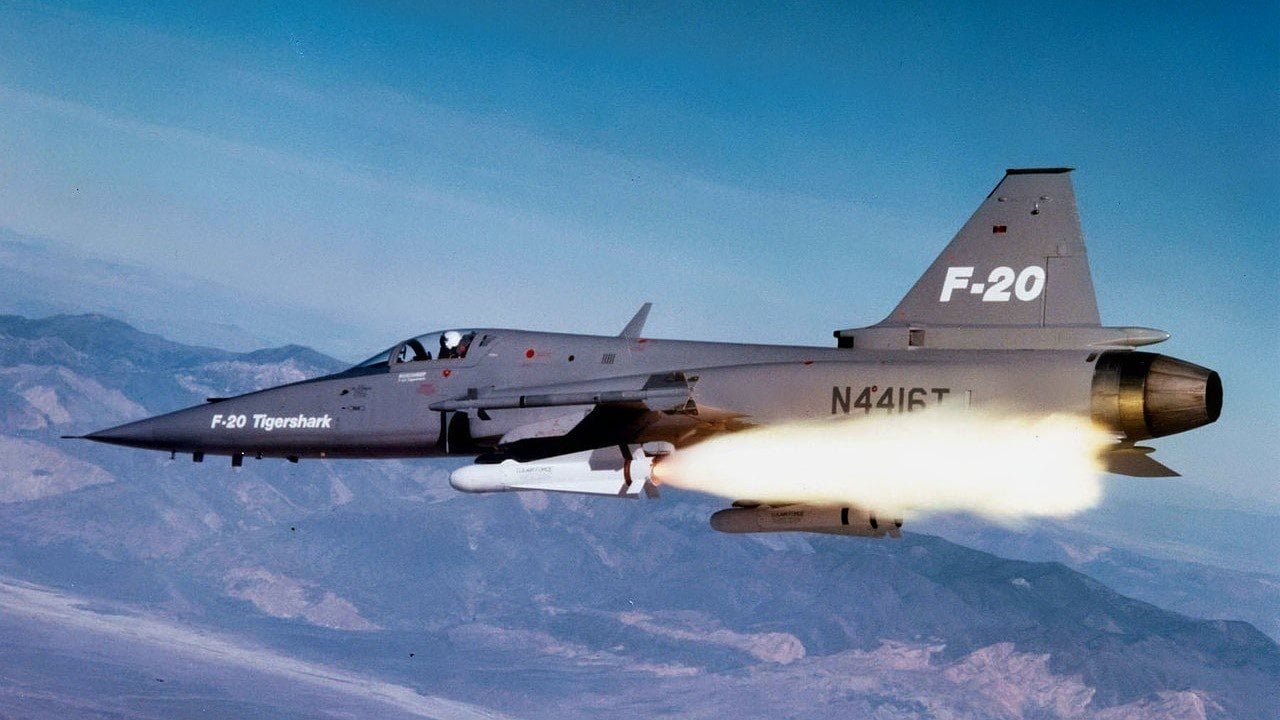SOURCE: AFI

In the 1980s, the concept of “Make in India” was far from the political and economic mantra it has become today. However, there were significant moves that can be seen as precursors to this modern initiative. One such notable instance was Northrop Grumman’s offer to move the entire manufacturing facility for their F-20 fighter jet to India. This period coincided with India’s nascent Light Combat Aircraft (LCA) program, making the story of Northrop Grumman’s offer a fascinating chapter in India’s defense history.
During the 1980s, Northrop Grumman proposed to relocate the entire manufacturing facility of their F-20 advanced fighter jet to India. This was an unprecedented offer that promised significant technological transfer, skill development, and economic benefits for India. The establishment of such a facility would have catapulted India’s aerospace industry into a new era, positioning it as a significant player in global defense manufacturing.
The United States was keen on offering India the F-20 Tiger Shark, an upgrade of the earlier F-5 fighter jet. The F-20 was marketed as a modern fighter, but by the mid-1980s, it was already considered outdated. The airframe, based on the older F-5 design, could not compete with more advanced aircraft emerging at the time. Additionally, the arrival of more sophisticated fighters like the Mirage-2000 from France and the MiG-29 from the Soviet Union, both of which were eventually acquired by the Indian Air Force (IAF), made the F-20 an unattractive option for India.
During this period, India had announced its plans to develop its indigenous Light Combat Aircraft (LCA). The LCA program aimed to reduce dependence on foreign technology and enhance domestic capabilities. Although the program faced numerous challenges and delays, it symbolized India’s determination to achieve self-reliance in defense manufacturing. The offer from Northrop Grumman, if accepted, could have accelerated this process by providing critical manufacturing expertise and technology.
This episode also reinforced the importance of pursuing self-reliance in defense manufacturing, a lesson that has influenced India’s policies in the decades since. The LCA program, despite its challenges, eventually led to the development of the Tejas fighter jet, a testament to India’s growing aerospace capabilities.